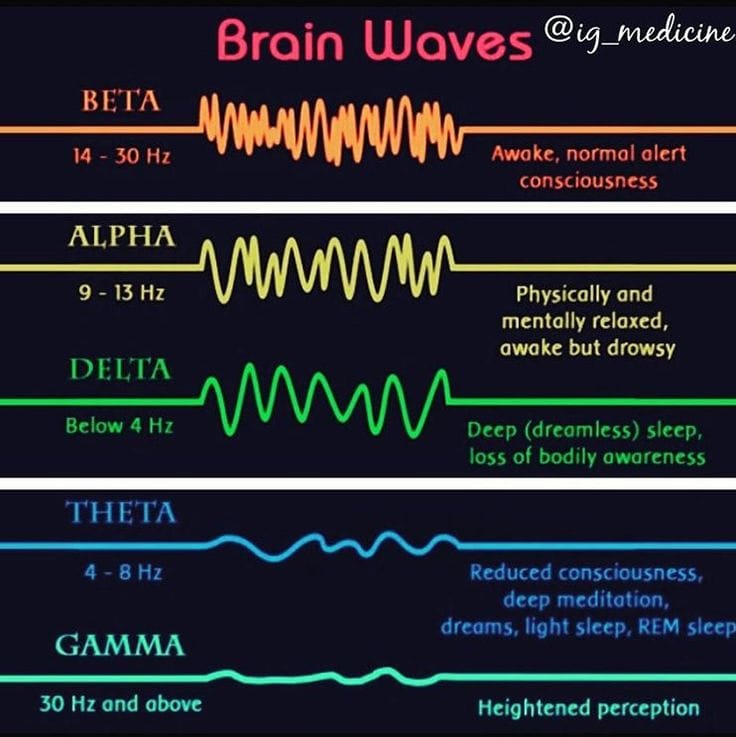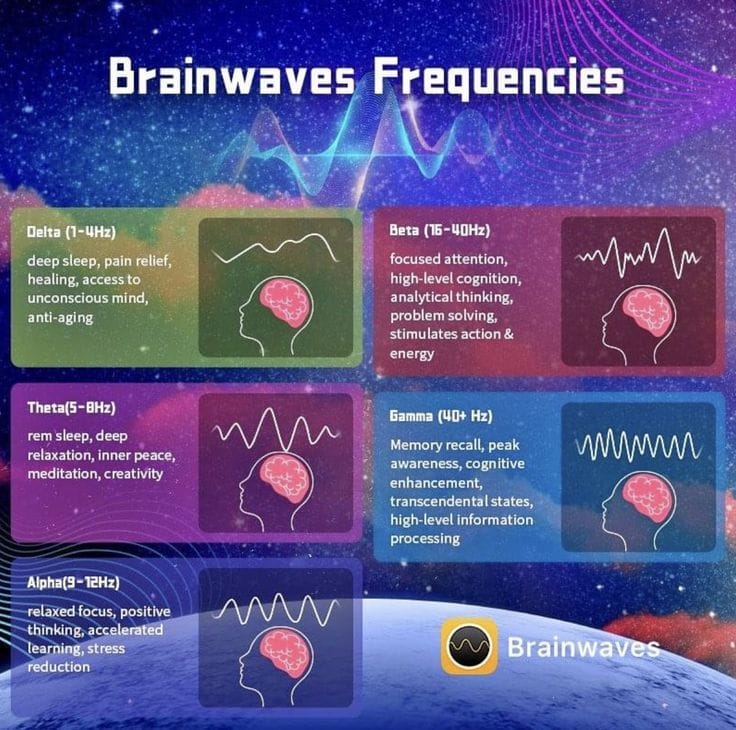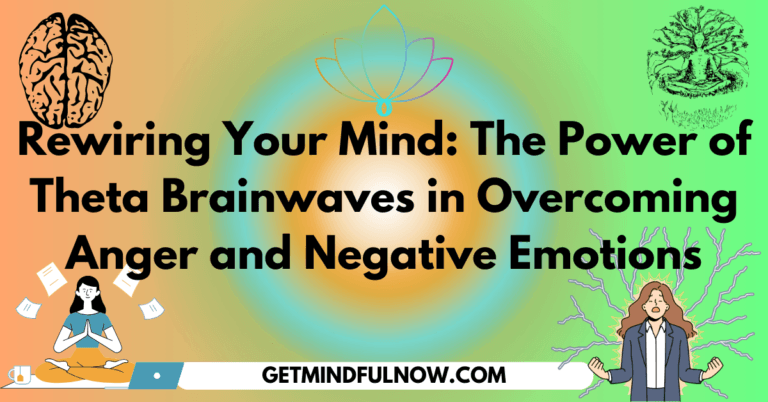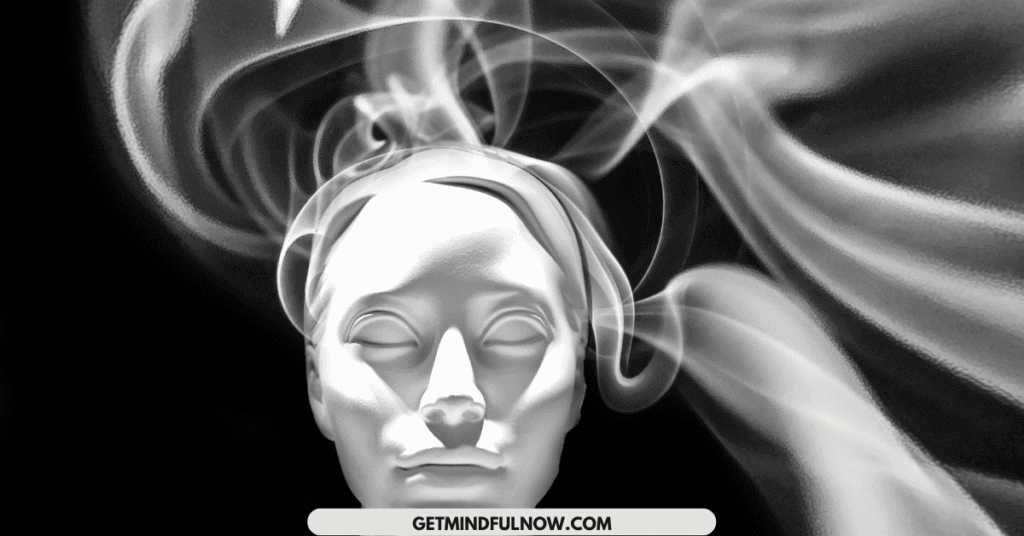For as long as I can remember, I struggled with anger. It wasn’t just the kind of irritation you can brush off after a few deep breaths—it was explosive, and relentless. I knew it wasn’t serving me. I tried everything—counting to ten, deep breathing, distracting myself—but nothing worked. The situations that triggered my anger didn’t change, and no matter how much I told myself to stay calm, I kept reacting the same way.
It wasn’t until I stumbled upon the science of brainwaves that everything began to make sense. What I learned didn’t just change how I approached my anger; it fundamentally rewired who I am.
The Hidden Language of the Brain
Our brains are electrical powerhouses, constantly buzzing with activity. This activity is measured in brainwaves—different frequencies that correspond to different mental states. Here’s a quick breakdown of the five main types of brainwaves:
The Daily Rhythm of Brainwaves
Brainwaves aren’t just abstract concepts—they’re the rhythm of your daily life. From the moment you wake up to the time you fall asleep, your brain naturally moves through different states. Each one plays a role in shaping how you think, feel, and react.
For example:
- Beta: When you’re focused on a work task or juggling responsibilities, your brain is in beta—alert and problem-solving. However, staying in beta for too long can lead to stress and overwhelm.
- Alpha: Have you ever had a great idea pop into your head while showering or taking a walk? That’s alpha brainwaves at work—relaxed but creative.
- Theta: Think about the moments just before falling asleep or waking up when your mind feels dreamy and open. That’s theta, a state where your subconscious is most accessible.
- Delta: When you’re in a deep, restorative sleep, delta waves are at their peak, helping your brain and body heal.
- Gamma: Ever felt deeply inspired or completely “in the zone”? That’s gamma, a state of heightened awareness and peak focus.

Understanding these states helped me realize that my anger wasn’t just a personality flaw—it was a symptom of being stuck in an overstimulated beta state. By intentionally shifting into alpha and theta, I discovered a pathway to calm and clarity that I didn’t know existed.
When I first came across this, I had no idea how it connected to my anger problem. But the more I read and experimented, the more I understood. The trick wasn’t in trying to control my behavior at the surface level—it was in changing the program running deep in my subconscious. That’s where brainwaves, particularly theta, come into play.
I remember sitting in meditation one evening, frustrated with myself for losing my temper again earlier that day. I’d lashed out over something trivial, and afterward, I was filled with regret and shame. As I meditated, I found myself sinking into a calm, dreamlike state. It was as if I’d tapped into something deeper—a place where my emotions weren’t as charged, and my usual knee-jerk reactions felt distant.
Later, I learned that this calm, floaty state was theta brainwave activity. Theta is like a doorway to the subconscious, where our deep-seated habits and beliefs live. It dawned on me: if I could use theta to reprogram the triggers for my anger, I might actually stand a chance at changing my behavior.
What Is Theta, and Why Is It Powerful?
Theta brainwaves (4–8 Hz) are the sweet spot for transformation. They naturally occur during light sleep, daydreaming, and deep meditation. Here’s what makes theta so special:
- Access to the Subconscious: Your subconscious is where all those unconscious habits, thoughts and emotional reactions, like smoking, victimization or anger, are stored. Consciously making efforts to stop or change something does not work. that’s why mere positive thinking never helped someone. Theta helps you bypass the noisy, analytical part of your brain and go straight to the source.
- Neuroplasticity: In theta, the brain becomes incredibly adaptable. It’s the perfect state to replace old habits and beliefs with new, empowering ones.

Why Meditation Rewires the Brain: The Neuroscience of Change
The real magic of meditation lies in something called neuroplasticity—the brain’s incredible ability to rewire itself. Every time you practice a new thought or behavior, you create a neural pathway. Repeated practice strengthens this pathway until it becomes your brain’s new “default setting.”
When I meditated in theta, I wasn’t just imagining a calmer version of myself—I was teaching my brain to recognize calm as my new normal. Here’s why that works:

- Theta’s Role in Rewiring: Theta brainwaves act like a backstage pass to your subconscious. They allow you to access and rewrite the beliefs and reactions stored there, creating space for healthier patterns.
- The Brain Doesn’t Know the Difference: Research shows that your brain treats vividly imagined scenarios the same way it treats real experiences. Every time I rehearsed staying calm in a challenging situation, my brain responded as though I was truly calm, strengthening that response over time.
- The Habit Loop: Anger, like any habit, is tied to specific triggers and responses. By accessing theta, I could “break the loop” and replace my old reactions with new ones, thanks to neuroplasticity.
Studies have even shown that consistent meditation can shrink the amygdala—the part of the brain responsible for fear and aggression—and strengthen the prefrontal cortex, which helps with self-regulation. Over time, these physical changes in the brain reinforce emotional resilience.
This wasn’t just a psychological shift for me; it was a biological one. My brain was literally changing with every practice session, and the results were undeniable.
Reprogramming My Anger: The Process
Once I understood this, I started experimenting. Here’s how I used meditation to rewire my anger response:
Step 1: Entering Theta
I began practicing a specific kind of meditation called open-focus meditation. This isn’t about clearing your mind or focusing on one thing—it’s about gradually expanding your awareness. I started by sensing my body parts and space around them—my breath, my heartbeat, and the weight of my body on the chair. Then, I shifted my attention to the space around me: the air, the room, and the sensations in that space. This process naturally slowed my brainwaves from beta to alpha and eventually into theta.
Step 2: Rehearsing My Desired Behavior
In this deeply relaxed state, I would visualize the situations that usually triggered my anger. But instead of seeing myself explode, I rehearsed staying calm. I imagined myself breathing steadily, responding with patience, and walking away from the tension.
At first, it felt unnatural. My mind wanted to pull me back into the same patterns—”You’re just an angry person; you can’t change.” But I kept at it, repeating the visualization every day.
Step 3: Becoming the New Me
After just a week of practicing this method, I noticed my mornings felt calmer. Over time, something incredible happened. The same triggers that once sent me into a rage started feeling neutral. I remember being in a situation where someone cut me off in traffic—normally a surefire spark for my anger—and instead of reacting, I just shrugged and carried on. It was as if the old “angry me” had been replaced by someone new.
Why This Works: The Science of Rehearsal
Our brains don’t distinguish between real and imagined experiences. When you rehearse a behavior in theta, your brain treats it as if it’s happening, wiring new neural pathways to support that behavior. Over time, these pathways become the default, and the old, reactive patterns fade away. this phenomenon is called ‘Neural Darwinism’.
Meditation Changed Everything
What amazes me the most about this process is that my external world didn’t change. The things that used to make me angry still happened. The difference was me. I no longer felt like a prisoner to my emotions.
Meditation became my daily practice(is is still today)—not as a quick fix, but as a way to consistently access theta and reinforce my new patterns. And it’s not just my anger that’s transformed. I’ve used this same method to overcome many diseases, self-doubt, boosted immunity, build healthier relationships, and cultivate a deeper sense of peace.
How You Can Start
If this resonates with you, here’s a simple way to begin:
- Set the Stage: Find a quiet space where you won’t be interrupted. Sit comfortably, close your eyes, and take a few deep breaths.
- Open Your Focus: Start by sensing your body parts one by one—your breath, your heartbeat, and the space it occupies. Gradually expand your awareness to include the space around you.
- Visualize Your Transformation: Once you feel calm, imagine a scenario where you’d like to respond differently. Rehearse your desired behavior with as much detail as possible.
- Repeat Daily: Consistency is key. The more you practice, the more you’ll notice your old habits fading away.
The Takeaway
We all have behaviors we wish we could change, whether it’s anger, fear, or self-doubt. The good news is that you don’t have to stay stuck. By understanding how brainwaves work and using meditation to access theta, you can rewrite your subconscious and transform your life from the inside out.
If I could reprogram years of explosive anger & much more, I truly believe anyone can. All it takes is the willingness to go within, day after day, until the changes take root.
So, are you ready to meet the best version of yourself? Your transformation starts in the quiet moments, in the space between your thoughts, one brainwave at a time.
Start with a 3-minute visualization practice today and notice how your mind begins to shift!








